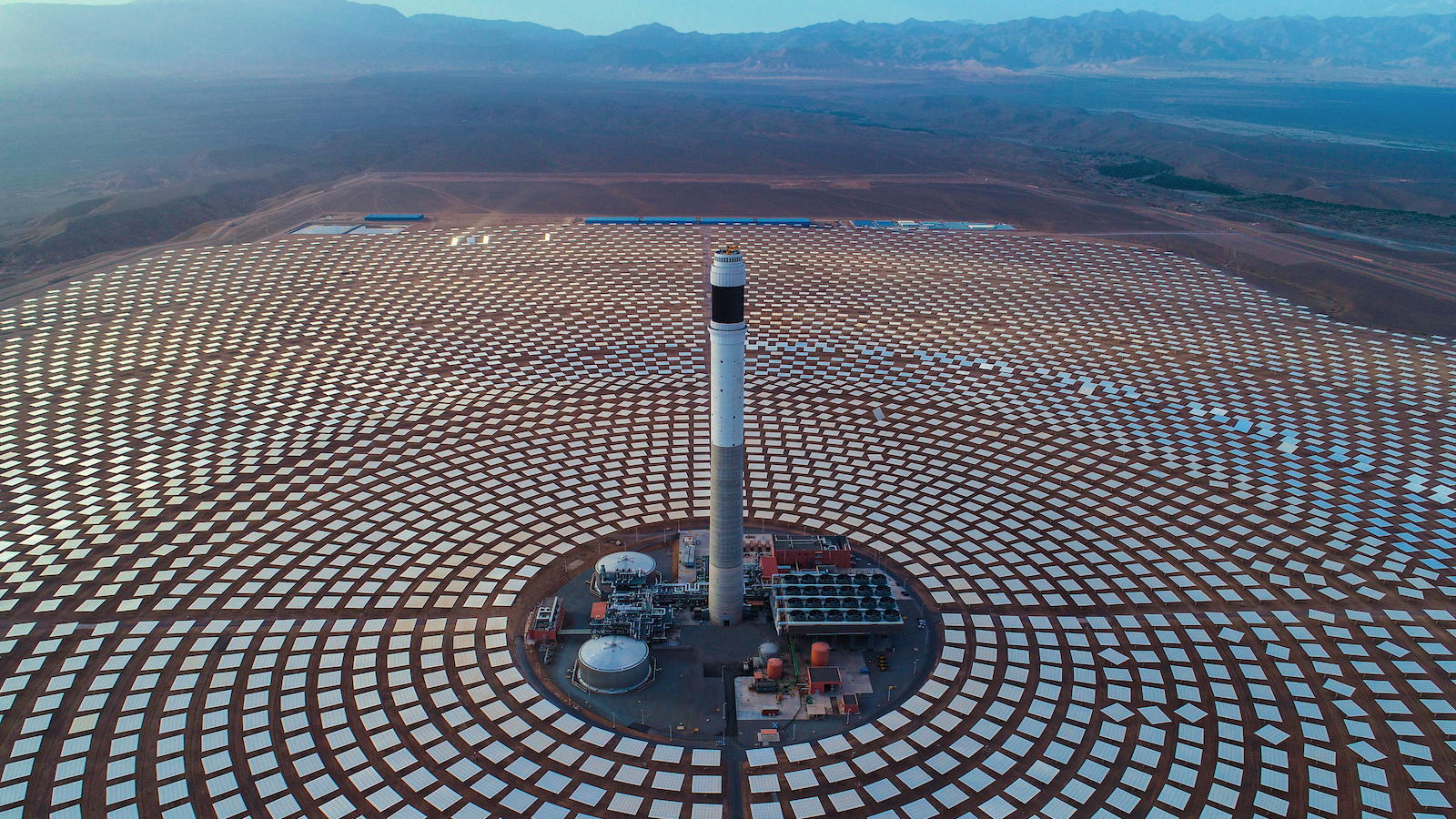Making electricity prices reflect actual cost might go a long way toward allocating electricity optimally. To what extent is such pricing in use?
It's almost completely non-existant.
Wind and solar power from large projects are typically bought at a pre-determined minimum price per MWh, which is set based on average prices across a long timescale (typically a year; The producer is then paid that price even when the wholesale price falls below zero.
A similar thing occurs with domestic feed-in tarrifs.
Wind and solar projects are only viable because coal, gas, nuclear and hydro projects are forced into a hidden subsidy. Which ultimately just leads to higher prices for consumers, as those utilities pass on the increased costs.
The important thing though is that the cost increases aren't blatantly obviously the fault of intermittent renewables. Politicians, voters, and electricity purchasers don't have the time or the interest in digging down to find the real culprits, and the "environmentalist" lobby actually use the rising costs as part of their pro-renewables propaganda (alongside the utter nonsense of conflating the fact that wind and solar plants don't pay for fuel, with the fiction that they are therefore a source of free electricity).
Wind and solar power are fairly cheap; But they generate electricity that's often completely valueless.
It's profitable to have a plant that generates electricity for $110/MWh 24x7, (and which can take advantage of occasional spikes above $5,000/MWh); while it is not profitable to have one that generates electricity for $60/MWh, but only when the wholesale spot price is below $40/MWh (and often when that price is negative) - but you can make money from the latter, if you persuade the government that the mean wholesale price is $114/MWh, and so you should be paid a minimum of $100 for any MWh you generate.
From the Australian Energy Regulator report:
AER said:
Electricity Q3 2023
- Average quarterly prices were lower than the preceding quarter across all regions. Prices ranged from $31/MWh in Tasmania to $114/MWh in South Australia.
- South Australia was the most expensive region partly due to 8 occasions of 30-minute prices above $5,000/MWh, increasing from 5 the previous quarter.
- South Australia (29 MW), New South Wales (4,202 MW) and Victoria (2,103 MW) reached new record minimum demands.
- There was a record number of 30-minute negative prices (4,285) in the NEM driven by strong solar output. Most of these occurred in South Australia and Victoria.
(My bold)
(
Source)
Solar power in South Australia has long ago surpassed the level at which new installations could be profitable on a level playing field, and have even passed the point where they could profitably sell excess electricity to Victoria. But domestic solar installations put in before August 2010 are still paid 44c/kWh ($440/MWh) for
any electricity supplied to the grid (regardless of the spot price), and will be for another five years.


